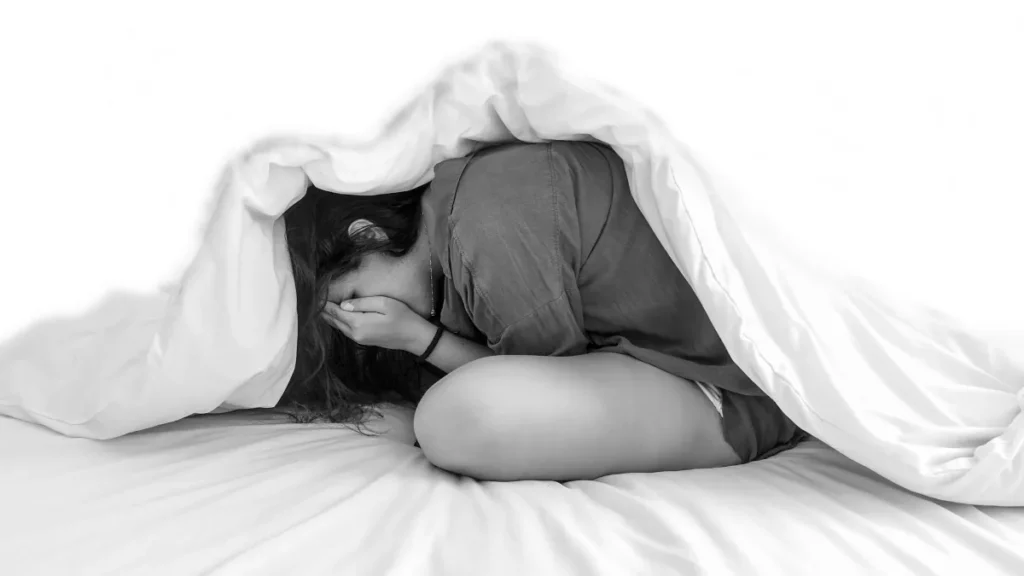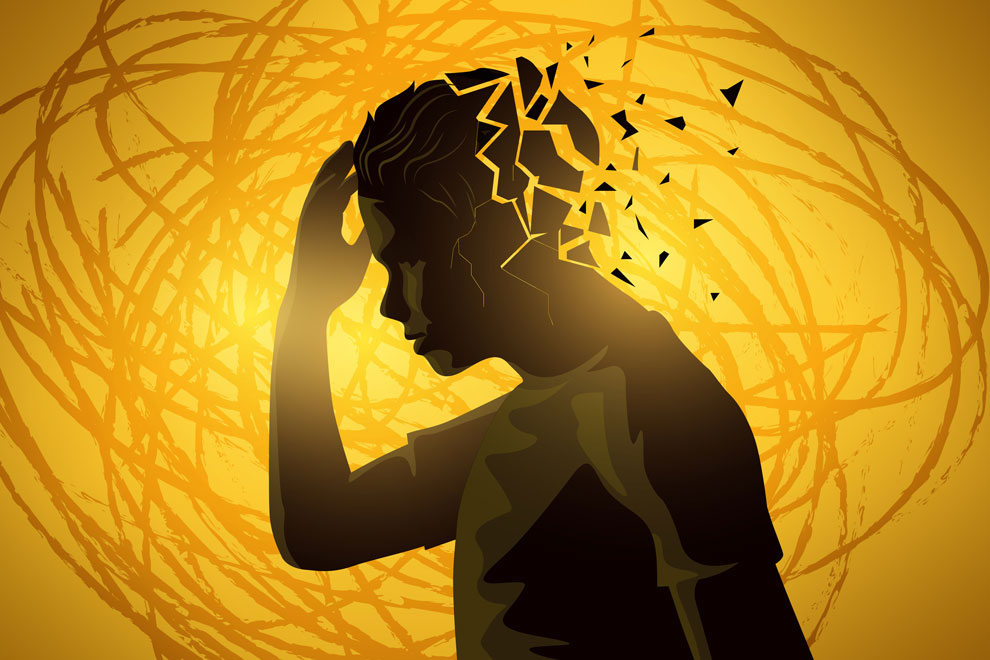
Hidden anxiety is an often overlooked condition that silently affects many individuals without clear external symptoms. Countless people grapple with internal struggles, unaware of the early signs that could help them prevent more severe issues. In this article, we decode the covert signals of silent anxiety, uncover the psychological mechanisms behind it, and offer practical tips for recognizing and managing these subtle cues. By understanding these hidden signals, you can take proactive steps to safeguard your mental health before anxiety escalates.
Understanding Hidden Anxiety
Hidden anxiety often shows itself in subtle ways, making it a unique and challenging issue in the field of mental health. It usually appears as quiet internal strife rather than overt symptoms, leaving many people to struggle in silence. It’s important to note that what might seem like everyday stress could actually be the early stages of a deeper mental challenge. Awareness of these subtle indicators is the crucial first step toward effective management.
In this section, we explore the complexities of hidden anxiety, considering how cultural, social, and personal factors may obscure its recognition and delay intervention. The stigma surrounding mental health often leads individuals to dismiss early symptoms as trivial or fleeting, allowing anxiety to worsen over time. Insights from reputable research journals and expert opinions highlight the importance of noticing these early signs. For more detailed information, resources such as the American Psychological Association are a good starting point.
Through engaging case studies and firsthand patient narratives, mental health professionals emphasize the necessity of early detection. Listening closely to the signals from both body and mind—even when they are quiet—can be pivotal. It is essential to view these subtle manifestations not as normal fluctuations, but as significant signals requiring attention. Modern psychological studies confirm that early intervention dramatically improves long-term outcomes. Bringing hidden anxiety into the light can be transformative for one’s overall mental health.
Recognizing Subtle Signs
Identifying the subtle signs of anxiety can feel overwhelming, especially when these signals are easily mistaken for everyday stress. Many people experience mild physiological and psychological cues that signal the beginning of anxiety, such as chronic muscle tension, disturbed sleep patterns, or a slight increase in irritability. Tuning into your body’s signals is an important skill for early diagnosis.

For instance, you might notice a growing sense of worry during routine activities or social interactions, even if there’s no clear trigger. These feelings can gradually intensify over weeks or months, eventually interfering with daily life. Recognizing even these small changes is essential to prevent escalation. Trusted resources like the Anxiety and Depression Association of America provide guides to help distinguish normal stress from the onset of anxiety disorders.
Daily habits such as withdrawing from social events, skipping meals due to anxiety, or changes in personal care routines can also serve as early red flags. Subtle bodily cues like frequent headaches or digestive issues might indicate underlying anxiety. Keeping a daily journal to monitor your feelings and physical state can be a powerful tool in early detection. This section also shares expert opinions that stress the importance of being proactive in managing these hidden anxiety signals.
Physical Indicators
Physical signs such as consistent muscle tension, unexplained aches, and irregular sleep cycles can be early indicators of hidden anxiety. Though these signals may be subtle, they are critical to notice early.
Regular self-checks and mindfulness exercises can help determine what is normal for you, making any changes more apparent.
Emotional and Behavioral Clues
Changes in mood or behavior—like increased irritability or overthinking minor issues—may point to underlying anxiety. These shifts should never be ignored.
Consider these signals as opportunities for early intervention rather than dismissing them as mere mood fluctuations.
Psychological Underpinnings of Silent Anxiety
To effectively combat silent anxiety, it’s important to understand its psychological roots. Hidden anxiety often stems from deep-seated fears, unresolved traumas, or chronic stress that has been internalized over time. This section delves into the cognitive processes and emotional dynamics behind hidden anxiety. Exploring the science of anxiety provides valuable insights into how our neural pathways and learned behaviors contribute to its development.
From a neuropsychological perspective, anxiety is linked to the brain’s fear response system. When these neural circuits become dysregulated, even minor stressors can trigger disproportionate responses. Cognitive-behavioral theories underline the role of negative thought patterns in perpetuating anxiety. Authoritative sources, such as the National Institute of Mental Health, offer evidence-based insights that reinforce these concepts.

The complex interplay between genetics and the environment also plays a significant role in the emergence of silent anxiety. Early life experiences, attachment styles, and significant losses can all shape how anxiety develops over time. Recognizing these influences emphasizes the need for early and consistent intervention. Understanding these underlying factors empowers both those affected by anxiety and the professionals working to support them on the path to recovery.
Early Intervention Strategies
Taking early action is crucial to prevent hidden anxiety from evolving into a more serious mental health condition. This section covers a range of intervention strategies—from self-help techniques to professional therapeutic methods—designed specifically to address subtle but persistent anxiety symptoms. Regular screenings, consistent self-monitoring, and increased personal awareness form the foundation of effective early intervention. Timely action can prevent long-term distress.
Techniques such as cognitive-behavioral therapy, mindfulness practices, and structured self-care routines have proven remarkably effective. In addition to professional treatment, lifestyle adjustments like better sleep habits, balanced nutrition, and regular physical activity significantly aid in reducing anxiety. Supported by robust clinical studies, these multi-faceted approaches not only ease immediate symptoms but also build long-term resilience.
Creating an environment that fosters open discussions about mental health is equally important. By reducing the stigma around seeking help, individuals are encouraged to take early steps toward recovery. This section also examines various proven intervention techniques, including cutting-edge digital tools and remote consultations, which are making mental health support more accessible than ever. When combined, professional guidance and personal effort can dramatically improve mental well-being. Early intervention strategies offer a beacon of hope toward a calmer, healthier future.
Therapeutic Approaches

Evidence-based therapies such as cognitive-behavioral therapy and mindfulness-based stress reduction are effective in managing hidden anxiety. They help reshape negative thought patterns and promote a more accepting mindset.
Regular sessions with a mental health professional, combined with participation in support groups, create a robust framework for long-term recovery.
Self-Care Techniques
Daily practices like deep breathing exercises, journaling, and meditation empower you to take charge of your mental health.
When self-care is paired with professional advice, it forms a powerful defense against the subtle yet persistent nature of silent anxiety.
Building Supportive Environments
Building supportive environments is a key strategy in the fight against hidden anxiety. Whether at home, work, or in community settings, a culture of empathy and understanding encourages individuals to share their experiences and seek help when needed. This holistic approach doesn’t just alleviate symptoms—it reinforces resilience and fosters long-term recovery. Support systems are essential for effective early intervention.

In environments where open conversation about mental health is encouraged, professional help becomes more accessible and the stigma surrounding anxiety is significantly reduced. Schools, workplaces, and community organizations can all contribute by establishing mental health programs and hosting discussions on emotional well-being. Research shows that when people feel supported by their community, recovery rates improve dramatically.
Family members, friends, and community leaders all play a critical role in recognizing and addressing early signs of anxiety with compassion and care. Educational workshops and awareness campaigns equip communities with the tools to support one another effectively. This collective strength ultimately leads to healthier outcomes and underscores the power of proactive, community-based mental health care.
To sum up, recognizing and addressing hidden anxiety is key to maintaining overall mental well-being. The early detection and intervention methods outlined in this article serve as a practical guide for managing anxiety before it intensifies. With the support of professionals, the encouragement of loved ones, and the adoption of self-care practices, you can transform your life by acting on these early warning signs. Embrace the power of early action and support to foster a healthier, more resilient you.




